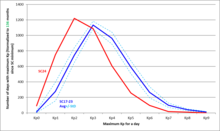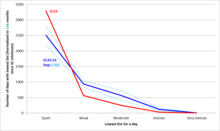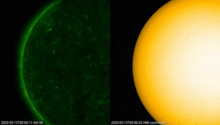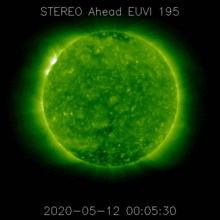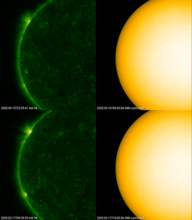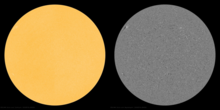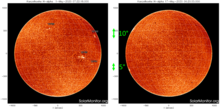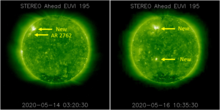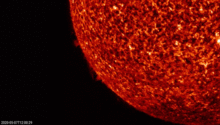news
Submitted on 2020-07-28
Comet NEOWISE gave an impressive evening spectacle during the first few weeks of July, being visible with the naked eye and displaying two distinct tails.
Submitted on 2020-07-22
A new sunspot has rounded the solar east limb. It belongs to the new solar cycle, which seems to have started late in 2019.
Submitted on 2020-07-16
During an ESA online press briefing on 16 July, the first images from ESA’s new Sun-observing spacecraft Solar Orbiter have been released. The images are very exciting, and promise to get only better and to reveal new scientific insights!
Submitted on 2020-07-07
A composite of EUV and white light imagery taken during the eclipse of 2 July 2019 shows the solar corona in all its glory!
Submitted on 2020-06-15
It is June, the time of the year of the annual STCE meeting. But COVID-19 forces us to rethink the concept.
Submitted on 2020-06-10
Solar observers at ROB caught the International Space Station (ISS) transiting the Sun.
Submitted on 2020-06-02
On 29 May, the Sun surprized the space weather community with some unexpectedly strong solar flares from an active region that was still behind the solar limb.
Submitted on 2020-05-26
The latest data confirm that solar cycle 24 is a huge disappointment in terms of geomagnetic activity.
Submitted on 2020-05-19
Bright faculae fields appeared near the east solar limb late on 16 May. They belong to the new solar cycle but alas, so far, they have remained spotless.
Submitted on 2020-05-11
Dynamic prominences were visible at the solar limb from 8 till 10 May.
Pages
Zircon - This is a contributing Drupal Theme
Design by
WeebPal.




































